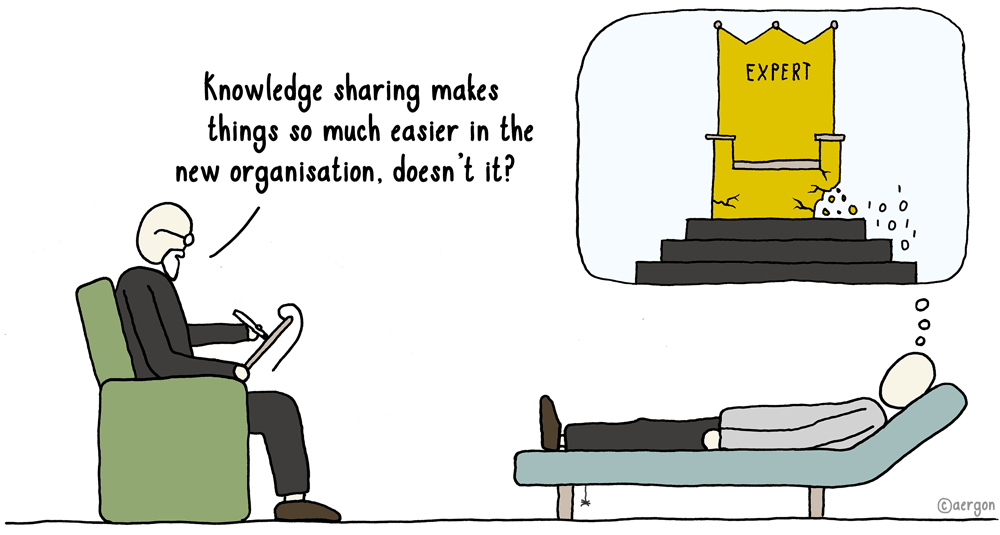
Transformation Perspectives Series 01
How can you create a company culture that drives value?
Faced with technological, economic and social change coming in ever faster cycles, managers and business people often continue to rely on traditional approaches for change projects and change initiatives to meet these new challenges. According to Keller & Price, these projects fail to bring the desired results in 70% of cases. In a majority of the cases, this is because employees reject or neglect to implement the necessary changes, or do not feel supported by the management. This is best understood by looking at an organisation’s culture, which can be describes as “how we actually do things around here”. The culture is usually based in both attitudes and mindsets, which lead, albeit mainly subconsciously, to behavior which may not be aligned with the company’s strategic objectives and new situation. In this context, ‘mindset’ refers to the beliefs and values of both the individual and the collective. What we call ‘transformation’ is this: becoming aware of your own values and beliefs, and using this insight to make a fundamental and permanent shift to a broader, more constructive mindset which allows you to make better choices about how to work together and tackle challenges. The chart below illustrates the two approaches: change versus transformation. The traditional change approach has an “outside-in” focus: the parameters change according to the goal of the initiative, and everything is based on the premise that employees have to adapt their behavior to the new external conditions. Transformation goes deeper, applying an “inside-out” approach to the individual and collective mindset: a shared understanding and common direction are achieved by means of a common language, and models and experiences that people can relate to.
Chart: Inside-out/Outside-in Matrix (based on Ken Wilbur)

This can be depicted on the graph in the following way:
- To become more aware and align the personal behavior (leading by example and live the values in everyday’s interactions: Quadrant 1 > 2)
- Align our personal values with the team and the organization (becoming a trustful high performance team/organisation: Quadrant 1 > 4)
- Which only then is followed by a process and structural alignment (Driving outside change: Quadrant 4 > 3)
The new company culture not only represents sustainable competitive advantages, but also enables managers and employees to meet the ever more rapid pace of change proactively and in the spirit of creativity.
Dr. Thomas Gartenmann

